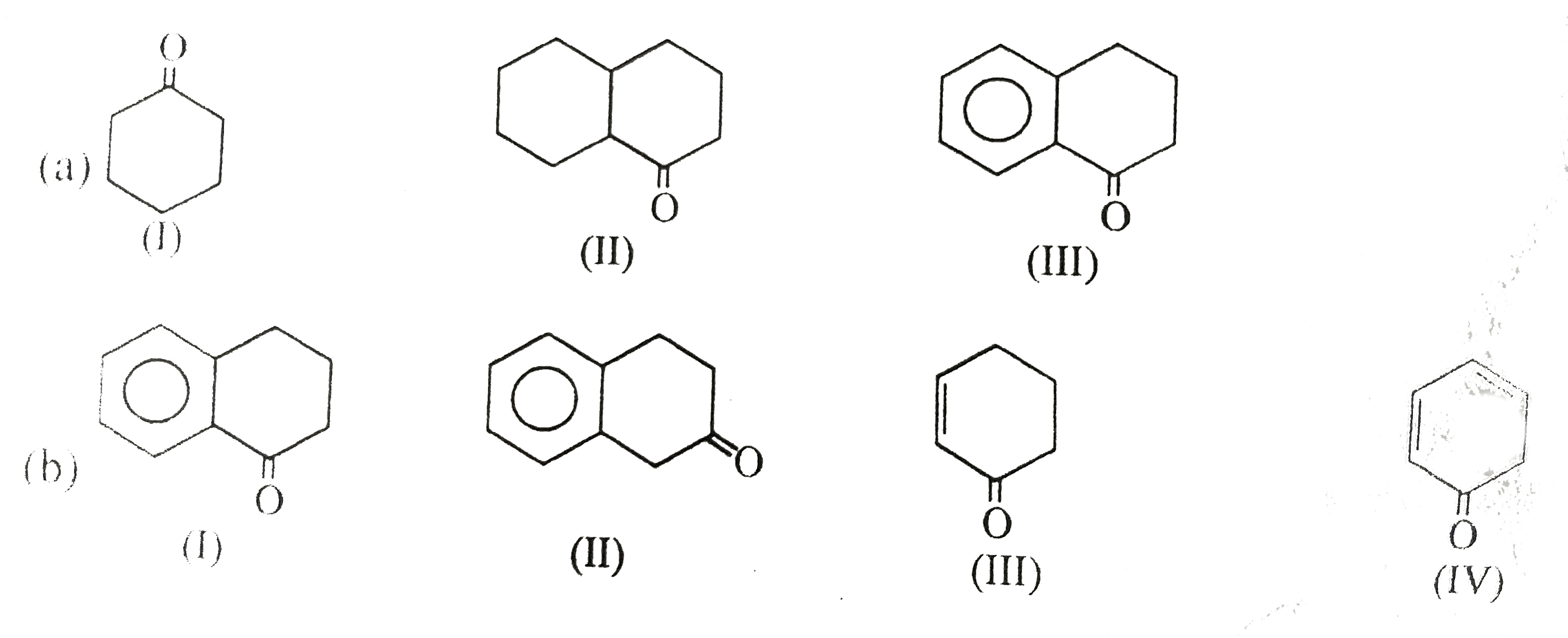Select the option that shows the correct order of percentage of each component in the air in increasing order, that is, the component with lowest percentage is placed first and that with highest is placed last.
Nitrogen Oxygen Argon Carbon dioxide
Oxygen Nitrogen Argon Carbon dioxide
Carbon dioxide Argon Oxygen Nitrogen
Carbon dioxide Oxygen Nitrogen Argon
The correct Answer is:C
To solve the question of arranging the components of air in increasing order based on their percentage, we first need to know the approximate composition of air:
1. Nitrogen (N2): Approximately 78%
2. Oxygen (O2): Approximately 21%
3. Argon (Ar): Approximately 0.93%
4. Carbon Dioxide (CO2): Approximately 0.04%
5. Other gases: Trace amounts (less than 0.01%)
Now, let's arrange these components in increasing order of their percentages:
1. Carbon Dioxide (CO2): 0.04%
2. Argon (Ar): 0.93%
3. Oxygen (O2): 21%
4. Nitrogen (N2): 78%
Thus, the correct order of the components in the air from lowest to highest percentage is:
1. Carbon Dioxide (CO2)
2. Argon (Ar)
3. Oxygen (O2)
4. Nitrogen (N2)
Final Answer:
The correct order of components in air in increasing order of percentage is:
- Carbon Dioxide (CO2) < Argon (Ar) < Oxygen (O2) < Nitrogen (N2)
---
2. Oxygen (O2): Approximately 21%
3. Argon (Ar): Approximately 0.93%
4. Carbon Dioxide (CO2): Approximately 0.04%
5. Other gases: Trace amounts (less than 0.01%)
2. Argon (Ar): 0.93%
3. Oxygen (O2): 21%
4. Nitrogen (N2): 78%
2. Argon (Ar)
3. Oxygen (O2)
4. Nitrogen (N2)
The correct order of components in air in increasing order of percentage is:
- Carbon Dioxide (CO2) < Argon (Ar) < Oxygen (O2) < Nitrogen (N2)
Topper's Solved these Questions
Similar Questions
Knowledge Check
- Question 1 - Select One
In the following reaction the correct order of percentage of products X, Y and Z is
 AX gt Y gt ZBZ gt Y gt XCZ gt X gt YDY gt Z gt X
AX gt Y gt ZBZ gt Y gt XCZ gt X gt YDY gt Z gt X - Question 2 - Select One
The correct order of increasing first ionization energy is
ACa<K<Ne<P<FBF<Ca<ne<P<KCK<Ca<P<F<NeDNe<F<P<Ca<K - Question 3 - Select One
Select correct order out of given options :-
ABeCO3<BaCO3→ Covalent characterBBeO>SrO→ Lattice anergyCBe2+<Li+→ Hydration energyDBe2+(aq.)>Li+(aq.)→ Ionic Mobility
In each of the followings sets of compounds write the decreasing order of % enol content.
 View Solution
View SolutionFind the correct descending order of percentage proportion of leucocytes in human blood.
View SolutionFind the correct descending order of percentage proportion of leucocytes in human blood.
View SolutionIn each of the following sets of compounds write the decreasing order of % enol content.
 View Solution
View SolutionThe correct order in which the first ionisation potential increases is
View Solution


